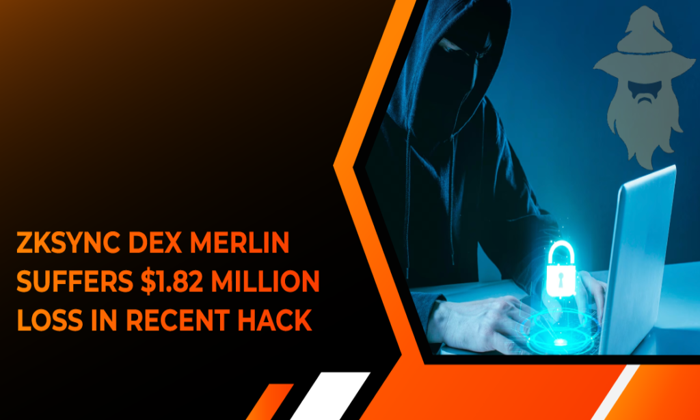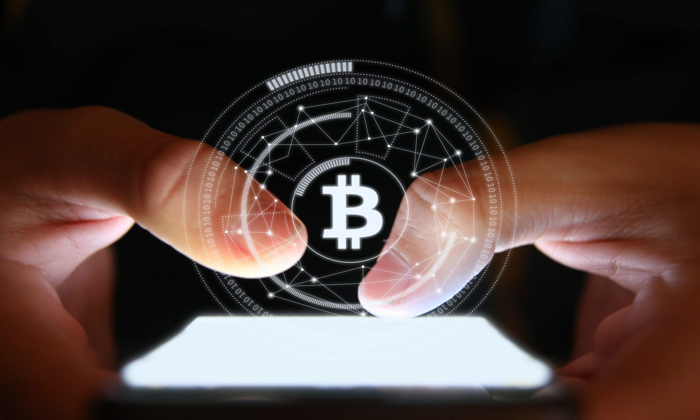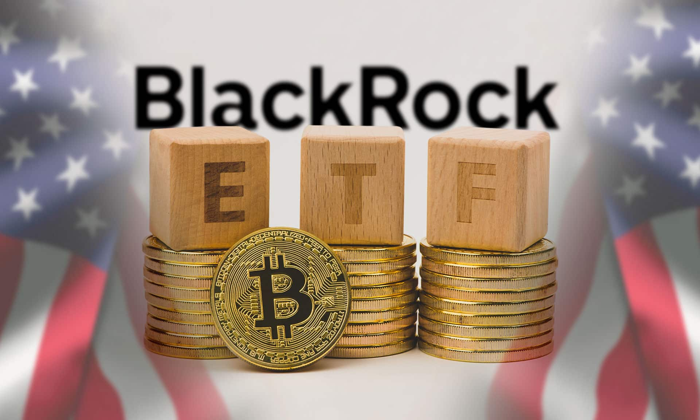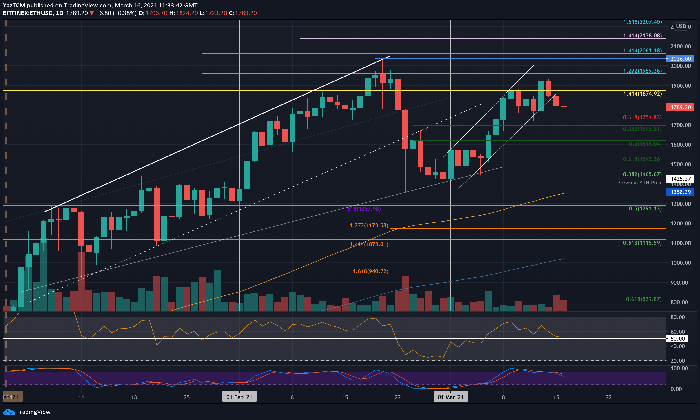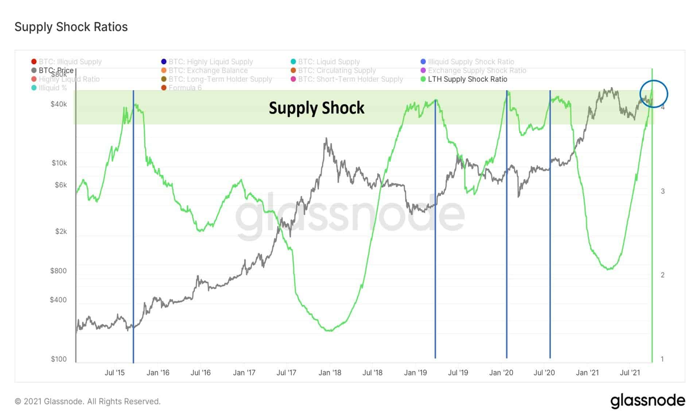The recent ZKsync hack has sent shockwaves through the crypto community, as a malicious actor exploited an admin account to mint a staggering $5 million worth of unclaimed tokens. This incident, which took place on April 15, has raised critical concerns about DeFi security and the vulnerabilities present in Ethereum layer 2 protocols. Although user funds remained untouched, the hack exposed the risk associated with protocol administration and token distribution methods. Following the breach, ZKsync reported that the attacker manipulated a specific function to mint 111 million unclaimed ZKsync tokens, marking a troubling increase in the total token supply. With the ongoing recovery efforts underway, the ZKsync team is working diligently to bolster future security measures and reassure users amid the unsettled landscape of crypto hacks and airdrops.
In light of the recent events, the breach involving ZKsync emphasizes the fragile nature of security within decentralized finance platforms. This incident underscores the importance of safeguarding administrative controls in Ethereum’s layer-2 solutions, where protocols like ZKsync play a pivotal role in token distribution and user engagement. While the attack did not compromise user assets, it highlights potential weaknesses in operational protocols that could encourage malicious activities. As discussions around crypto security intensify, this isolated case serves as a cautionary tale for all participants in the DeFi ecosystem, reminding them of the inherent risks associated with token management and distribution.
Understanding the ZKsync Hack and Its Implications
On April 15, 2025, the ZKsync protocol was significantly impacted by a sophisticated hack that resulted in the minting of $5 million worth of unclaimed airdrop tokens. The breach was attributed to a compromised admin account that exploited a crucial function within the coding structure, namely, sweepUnclaimed(). This hacker took advantage of this vulnerability to mint a staggering 111 million unclaimed ZK tokens, leading to a 0.45% increase in the total token supply. However, it’s essential to note that user funds remained safe from this attack, showing a silver lining in a rather dark episode for the project.
In light of this breach, ZKsync has maintained transparency, with an official statement clarifying that despite the isolated nature of the hack, they are cooperating with the Security Alliance (SEAL) to initiate recovery efforts. This assurance underscores the protocol’s commitment to security, especially as the Ethereum layer-2 landscape continues to evolve amid rising DeFi security concerns. While governance and token contracts were reported to be unaffected, the impact on the ZK token and its market volatility highlights the wider implications of the hack for investor confidence and market dynamics.
The Aftermath: Market Reactions and Token Volatility
Following the ZKsync hack, the market reacted swiftly, causing significant fluctuations in the price of the ZK token. On the day of the incident, the token experienced a sharp decline of approximately 16%, dropping to $0.040 before a slight recovery to $0.047. This volatility reflects the general market sentiment towards crypto hacks and their residual effects on token prices. Given that the first quarter of 2025 registered losses of around $2 billion due to crypto hacks, this incident further underscores the importance of robust security measures within DeFi projects and the reliance on investor sentiment in maintaining token valuations.
Moreover, the aftermath of the hack has not only affected ZKsync’s token but also triggered discussions within the crypto community regarding security practices in DeFi. The incident has spurred calls for improved security protocols to prevent future exploits, and some platforms, like KiloEx, have even proposed bounties for information on the hacker, illustrating the urgency to address these vulnerabilities. As Ethereum layer-2 solutions gain traction, ensuring the security of their ecosystems will be paramount in maintaining user trust and sustaining market interest.
DeFi Security: Lessons Learned from the ZKsync Incident
The ZKsync hack serves as a critical lesson for the DeFi community about the vulnerabilities that can exist even in established protocols. The exploit highlighted the need for comprehensive security measures, particularly in environments where user funds are at stake. As decentralized finance continues to grow, the lessons from such high-profile incidents can drive innovation in security practices. Protocols must not only implement robust technical defenses but also regularly audit their systems to mitigate potential risks associated with administrative exploits.
Furthermore, the incident reinforces the significance of user awareness in the evolving world of cryptocurrency. As malicious actors become more sophisticated, educating users about security best practices can empower them to safeguard their assets. ZKsync’s proactive communication post-hack illustrates the importance of transparency in building trust within the community. Moving forward, the DeFi sector can benefit from collaborative efforts, sharing insights and strategies to foster a safer environment for all participants.
Recovery Efforts: ZKsync’s Path Ahead Post-Hack
In the wake of the hack, ZKsync has taken important steps to recover from the incident and restore user confidence. The collaboration with the Security Alliance (SEAL) aims to analyze the exploit thoroughly and implement measures that prevent similar attacks in the future. This partnership signifies a commitment to learning from the incident and reinforces the notion that proactive security management is crucial in the fast-paced world of DeFi. Enhancements to their code and tighter governance measures are likely to be part of ZKsync’s recovery strategy.
Moreover, the platform’s dedication to addressing the security breach underscores its focus on maintaining its standing within the Ethereum layer-2 ecosystem. By ensuring that their governance and token contracts remain unaffected, ZKsync hopes to reassure users about the integrity of their platform. Transparency throughout the recovery process is not just vital for ZKsync, but also serves as an example for other protocols to follow, demonstrating that accountability can significantly mitigate the fallout from such critical incidents.
The Role of Governance in DeFi Security
Governance plays a crucial role in the security landscape of decentralized finance (DeFi), particularly in the wake of hacks like the one experienced by ZKsync. Decentralized governance mechanisms allow community members to participate in decision-making processes, which can enhance security protocols and responsiveness to threats. In the case of ZKsync, the governance structures remained unaffected, indicating that well-designed governance can help safeguard against administrative vulnerabilities that lead to major security breaches.
Additionally, strengthening governance protocols can facilitate rapid responses in crisis situations, ensuring that the community can act swiftly to mitigate damage and restore trust. Engaging users and stakeholders in security discussions creates a culture of vigilance within the protocol, making it harder for malicious actors to exploit weaknesses. As the DeFi space continues to mature, fostering strong governance processes will be essential to not only enhance security but also to encourage a collaborative approach to tackling common threats across the sector.
Impact on the Airdrop Ecosystem and Future Token Distributions
The ZKsync hack has cast a shadow over the existing airdrop ecosystem, particularly in how projects manage and distribute tokens. With the hack resulting in the manipulation of airdrop mechanics, many potential airdrop recipients may feel uncertain about the integrity of future distributions. The incident raises questions regarding the protocols that govern such distributions and the security measures in place to protect against unauthorized access. This situation may lead to the implementation of stricter guidelines and checks before airdrops are executed.
As projects strive to regain trust and provide value to their communities, the fallout from the hack may influence how future token distributions are structured. Projects might focus on developing more secure methods of managing token allocations, potentially utilizing multi-signature wallets or other decentralized controls to reduce single points of failure. The attention given to security can ultimately enhance the overall credibility and efficiency of airdrop initiatives across the DeFi sector.
The Importance of User Education in Preventing Hacks
User education is crucial in the fight against crypto hacks, as many incidents stem from a lack of awareness regarding security vulnerabilities. The ZKsync hack serves as a wake-up call, emphasizing the need for comprehensive resources that educate participants about safe practices in decentralized finance. Users must understand how to recognize suspicious activities, the significance of securing their personal keys, and the importance of engaging only with verified platforms to minimize their risk.
Moreover, crypto projects should take proactive steps to provide educational materials, host webinars, and offer community support to inform users about potential threats and strategies to safeguard their investments. By fostering a well-informed user base, the DeFi ecosystem can build resilience against attacks, creating a culture of security that benefits all participants. As the landscape evolves, an emphasis on user education will be a fundamental aspect of developing safer DeFi environments.
The Future of ZKsync and Its Role in DeFi
Despite the recent hack, ZKsync’s future remains optimistic, particularly given its position as a key player in the Ethereum layer-2 scaling solutions. As the platform addresses the vulnerabilities highlighted by the attack, it continues to innovate and improve its technology. Zero-knowledge rollup technology presents advantages in transaction efficiency and scalability, which are vital for the continued growth of decentralized applications. Thus, ZKsync’s commitment to enhancing its security protocols could attract more users and solidify its role in the broader DeFi landscape.
Additionally, as ZKsync refines its offerings and strengthens its security measures, it may capitalize on opportunities for strategic partnerships within the DeFi ecosystem. Collaborating with other protocols and DeFi platforms can lead to robust integrations and expansions, enabling a more secure and efficient transactional environment. The commitment to recovery and improvement will not only underpin ZKsync’s efforts to regain trust but also position it as a leading example within the industry, fostering an ecosystem that prioritizes security alongside innovation.
Frequently Asked Questions
What happened in the ZKsync hack on April 15, 2023?
On April 15, 2023, a hacker compromised a ZKsync admin account, minting $5 million worth of unclaimed airdrop tokens. The attacker exploited a function called sweepUnclaimed() to create 111 million ZK tokens, increasing the token supply by 0.45%. Fortunately, no user funds were affected, and the attack was described as isolated.
How did the ZKsync hack affect ZK tokens?
Following the ZKsync hack, ZK tokens experienced volatile price action. The token dropped 16% to $0.040 before rebounding slightly to $0.047. Despite this recovery, ZK tokens remained down 7% over the previous 24 hours. The security incident impacted market confidence, highlighting potential vulnerabilities in DeFi platforms.
Was the ZKsync governance impacted by the hack?
No, the ZKsync governance and token contracts were not affected by the hack. The ZKsync team confirmed that the compromised account contained administrative control only over certain airdrop distribution contracts, meaning core functionalities of the Ethereum layer-2 protocol remained secure.
What measures has ZKsync taken after the hack?
Following the ZKsync hack, the team is coordinating recovery efforts with the Security Alliance (SEAL) to secure the platform and investigate the incident further. They have stated that no further exploits are possible via the sweepUnclaimed() vector, ensuring that similar vulnerabilities cannot be exploited in the future.
How does the ZKsync hack relate to wider DeFi security issues?
The ZKsync hack underscores significant DeFi security issues, as the broader crypto space lost $2 billion to hacks in Q1 2025 alone. This incident raises critical questions about the safety of Ethereum layer 2 solutions and the importance of implementing robust security measures in DeFi protocols to protect user funds.
What is the status of funds stolen in the ZKsync hack?
As of the latest update, the hacker still controls most of the stolen funds amounting to $5 million worth of ZK tokens. ZKsync is actively working to address the situation but has not yet disclosed plans for recovering these funds.
What security lessons can be learned from the ZKsync hack?
The ZKsync hack highlights the necessity for enhanced security measures in managing admin accounts and smart contract functions. Projects should implement multi-signature wallets and continuous security audits to prevent similar exploits in the rapidly evolving crypto ecosystem.
What is the significance of airdrops in the context of the ZKsync hack?
The ZKsync hack occurred during an airdrop event where 17.5% of the token supply was being distributed to ecosystem participants. Such events can be attractive targets for hackers, emphasizing the need for security in token distribution mechanisms, particularly in the dynamic environment of Ethereum layer 2 solutions.
| Key Point | Details |
|---|---|
| Account Compromise | A ZKsync admin account was compromised on April 15. |
| Tokens Minted | $5 million worth of unclaimed airdrop tokens were minted by the attacker. |
| Nature of Attack | The attack was isolated, with no user funds affected. |
| Exploit Details | The attacker used the sweepUnclaimed() function to mint 111 million ZK tokens, increasing supply by 0.45%. |
| Recovery Efforts | ZKsync is coordinating with Security Alliance (SEAL) for recovery. |
| Token Impact | ZK token fell 16% to $0.040 after the hack but partially recovered to $0.047. |
| Bounty Offered | KiloEx offered a $750K bounty for information on the hacker. |
| General Crypto Losses | Overall, $2 billion lost to crypto hacks in Q1 2025. |
Summary
The ZKsync hack that occurred on April 15 involved a serious breach where a hacker exploited an admin account to mint unclaimed airdrop tokens worth $5 million. The repercussions of this event emphasize the vulnerabilities even in established protocols like ZKsync, an Ethereum layer-2 solution. With ongoing recovery efforts and an offered bounty for the hacker, the situation remains critical. Investors and users must stay informed about such incidents to safeguard their investments, given the increasing frequency of crypto hacks.
On April 15, a significant breach involving the ZKsync hack made headlines as a hacker compromised an admin account to mint an astonishing $5 million worth of unclaimed airdrop tokens. This alarming event raised concerns over DeFi security, particularly for the Ethereum layer-2 protocol, but reports indicate that no user funds were affected in the isolated attack. The intruder used a function called sweepUnclaimed() to increase the total supply of ZKsync tokens by 0.45%, highlighting the vulnerabilities that still exist within crypto ecosystems. As ZKsync moves swiftly to recover from this incident, the implications of this hack remind us of the persistent threats to decentralized finance. With $2 billion lost to crypto hacks this year alone, the importance of robust security measures in platforms like ZKsync has never been more critical.
The recent incident involving a breach in the ZKsync network has raised serious questions about the overall security of decentralized finance platforms. In an unexpected turn of events, hackers exploited vulnerabilities in an administrative account, leading to the unauthorized minting of a substantial amount of tokens. As experts in the crypto community dissect the implications of this exploit, the focus remains on enhancing protective measures for Ethereum layer-2 solutions and preventing future incidents. This alarming scenario underscores the need for vigilance against potential threats in the DeFi landscape, particularly as the sector continues to evolve rapidly. With a growing emphasis on token security, the ramifications of the ZKsync breach will likely influence industry standards and best practices.
